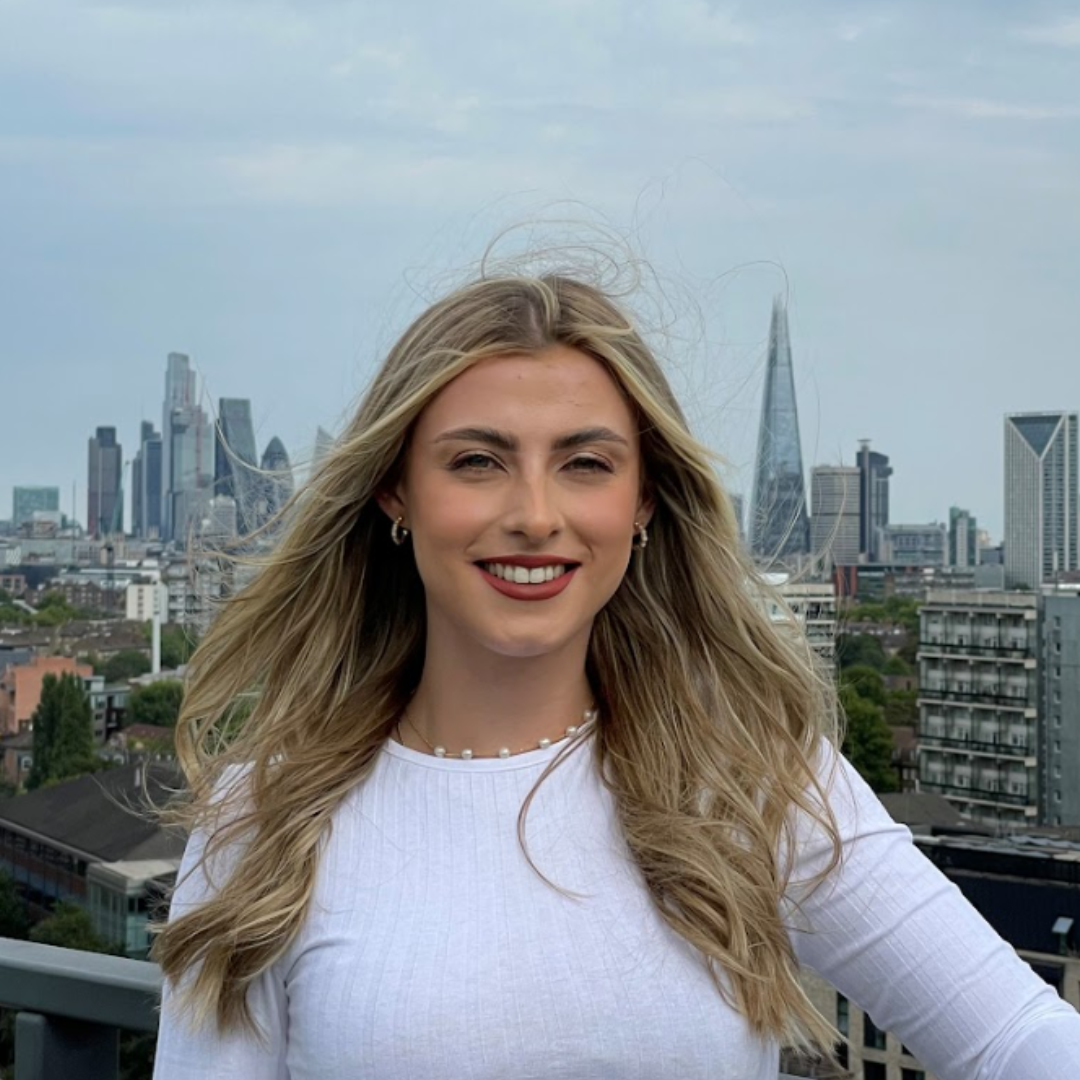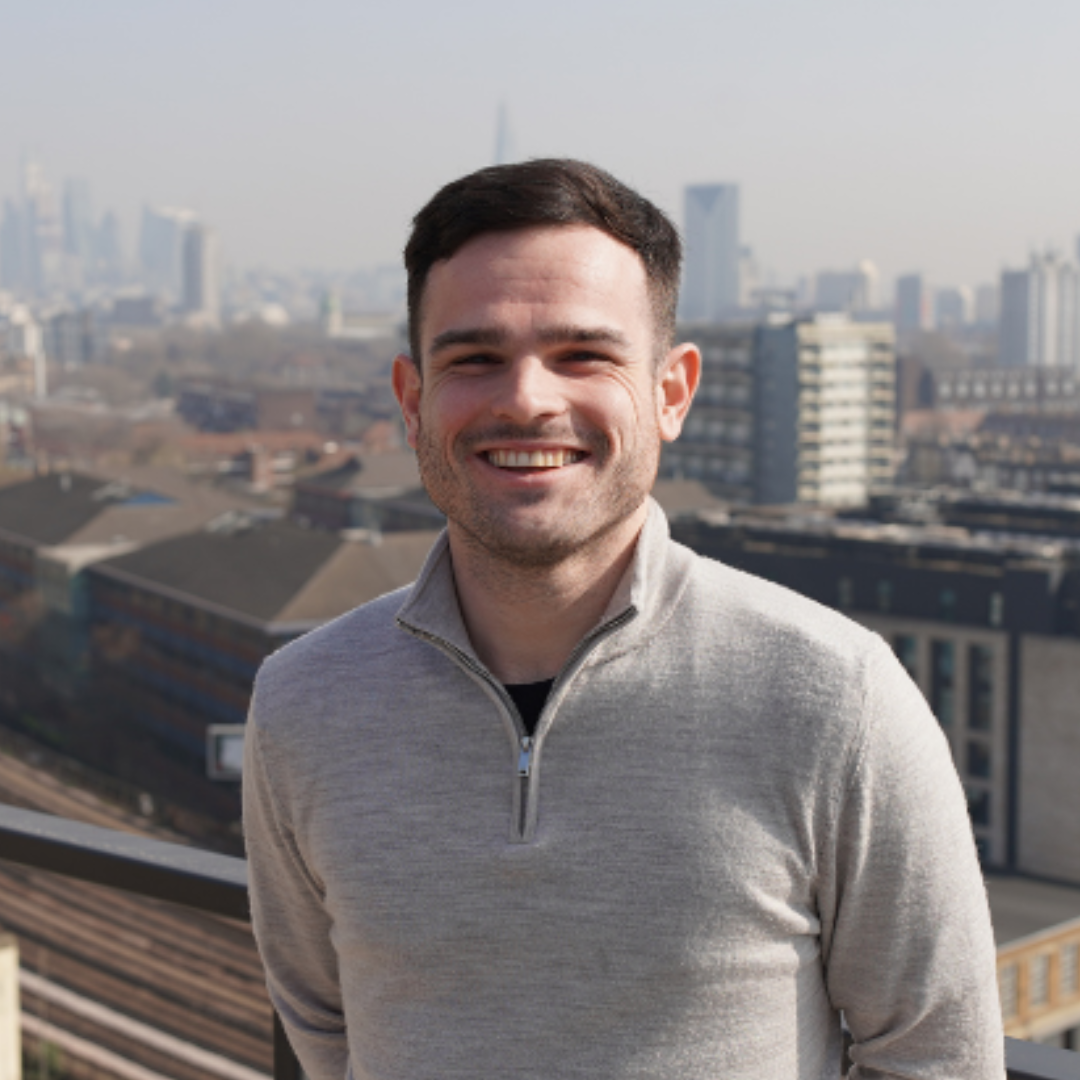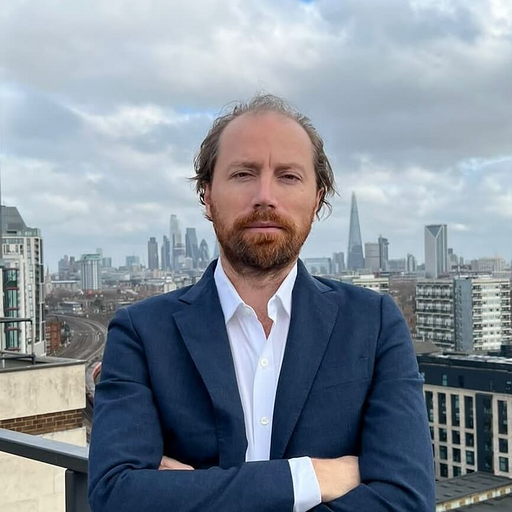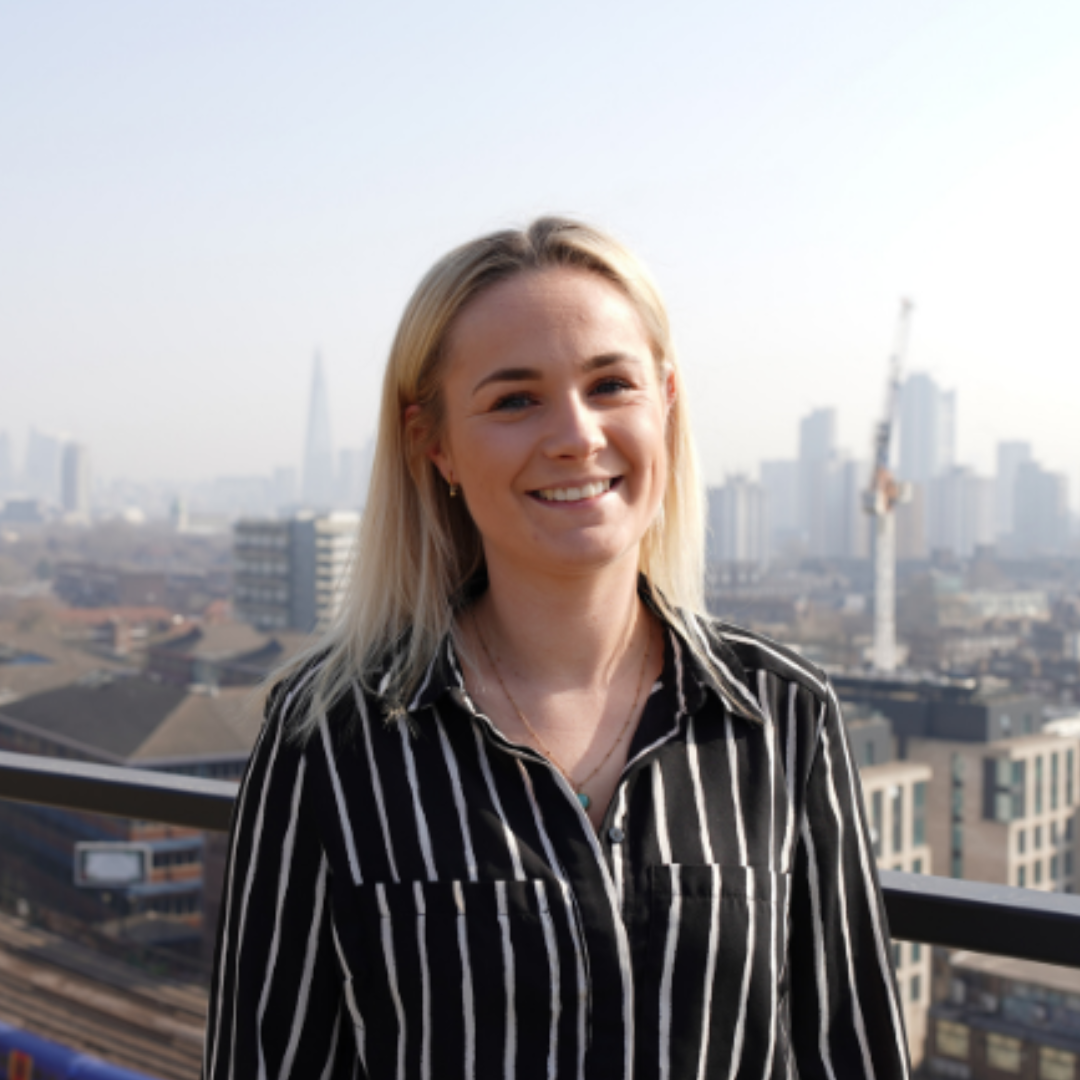How did you end up in recruitment?I have always been passionate about sports since I was ver...
Featured
Meet The Team: Tilly Catlin

How Are Telemedicine, AI and Genomics Shaping Health Tech?
Some of the most impactful real-world use cases of recent technological developments are hap...

Riding Into The Future: How Automated Taxis Will Shape Transportation
In hindsight, Uber was just the start.Taxis have been around for as long as humans have. The...
Must Read

Meet the Team - Rebecca Fowler
March
12th,
2024

Six Technology Trends for 2024
January
18th,
2024

How To Write a Great Tech CV Part II: Supporting Information
October
17th,
2023
More Posts
Meet The Team: Tilly Catlin
How did you end up in recruitment?I have always been passionate about sports since I was ver...






